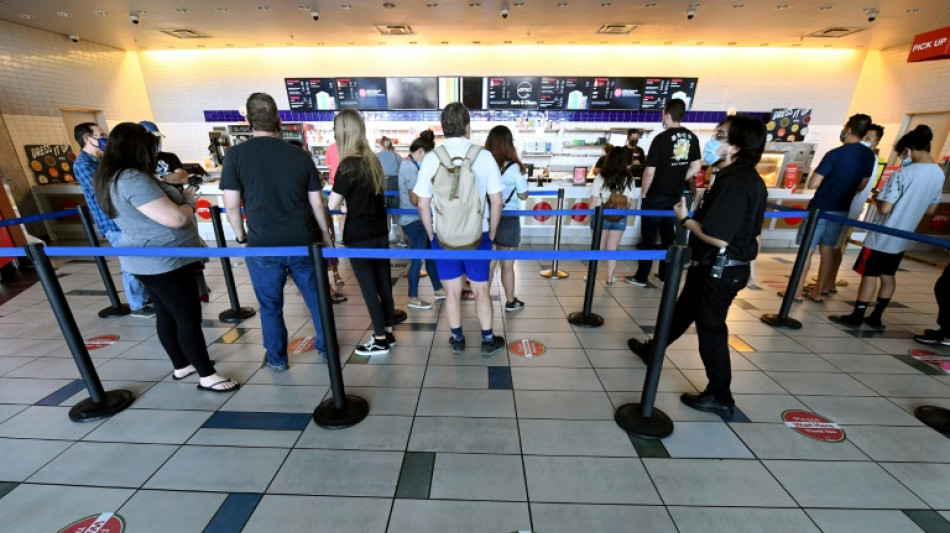
Non-white audiences kept Hollywood afloat during pandemic: study

Audiences of color were major drivers of box office revenue in Hollywood last year, a report revealed Thursday, making up the majority of ticket sales for opening weekend for most blockbuster movies.
The findings continue a years-long trend that has seen filmgoer demographics shift over time in the United States, even beyond changes in the wider population.
"Every time there was a big movie that exceeded expectations or broke a record, we see that between 53 percent and 60 percent of opening weekend audiences were people of color," said Ana-Christina Ramon, co-author of the Hollywood Diversity Report.
"For people of color and especially for Latino families, theaters provided an excursion when mostly everything was shut down.
"In a sense, people of color really kept the studios afloat the past couple of years."
The report, from the University of California, Los Angeles, also found that casts are becoming more diverse -- a factor that appears to be playing well with streaming audiences.
Titles with substantial minority casts tended to do especially well among younger viewers -- those aged 18-49 -- who are more engaged with streaming, the report found.
Of the 252 films studied, 72 with mostly minority casts were released on streaming platforms, including "Raya and the Last Dragon," "Coming 2 America," "Vivo" and "Mortal Kombat."
"In 2020, minorities reached proportionate representation for the first time when it comes to overall cast diversity in films, and that held true in 2021," said co-author Darnell Hunt.
"We suspect this is at least somewhat due to the outsize impact of the number of films we analyzed that were released direct-to-streaming.
"We also think this dual-release strategy is probably here to stay and could have a lasting impact on diversity metrics in front of and behind the camera in the future as studios think about how to finance content for different platforms."
While non-white actors are increasingly visible on screens, those behind the camera remain far more likely to be white and male, the report said.
Just over a fifth of directors of top films in 2021 were female, and only a third were people of color.
"Most of these filmmakers are relegated to low-budget films. The chronic underinvestment in women and people of color creates limited opportunities for them to showcase their talents to a wider audience," said Ramon.
"The final frontier is really behind the camera for women of color," Ramon said.
Hollywood's luminaries gather on Sunday for the Oscars, with the two Best Picture frontrunners -- "CODA" and "The Power of the Dog" -- both directed by women.
The other eight films in the category are directed by men.
A.Tucciarone--PV
